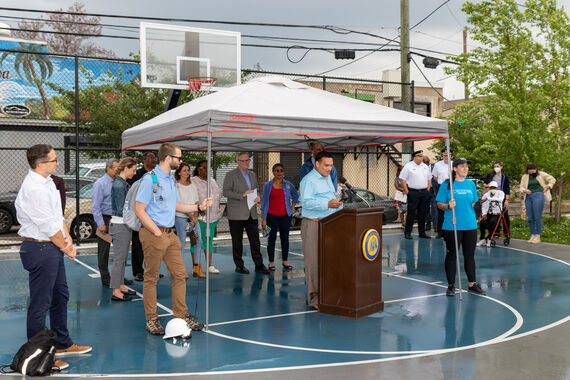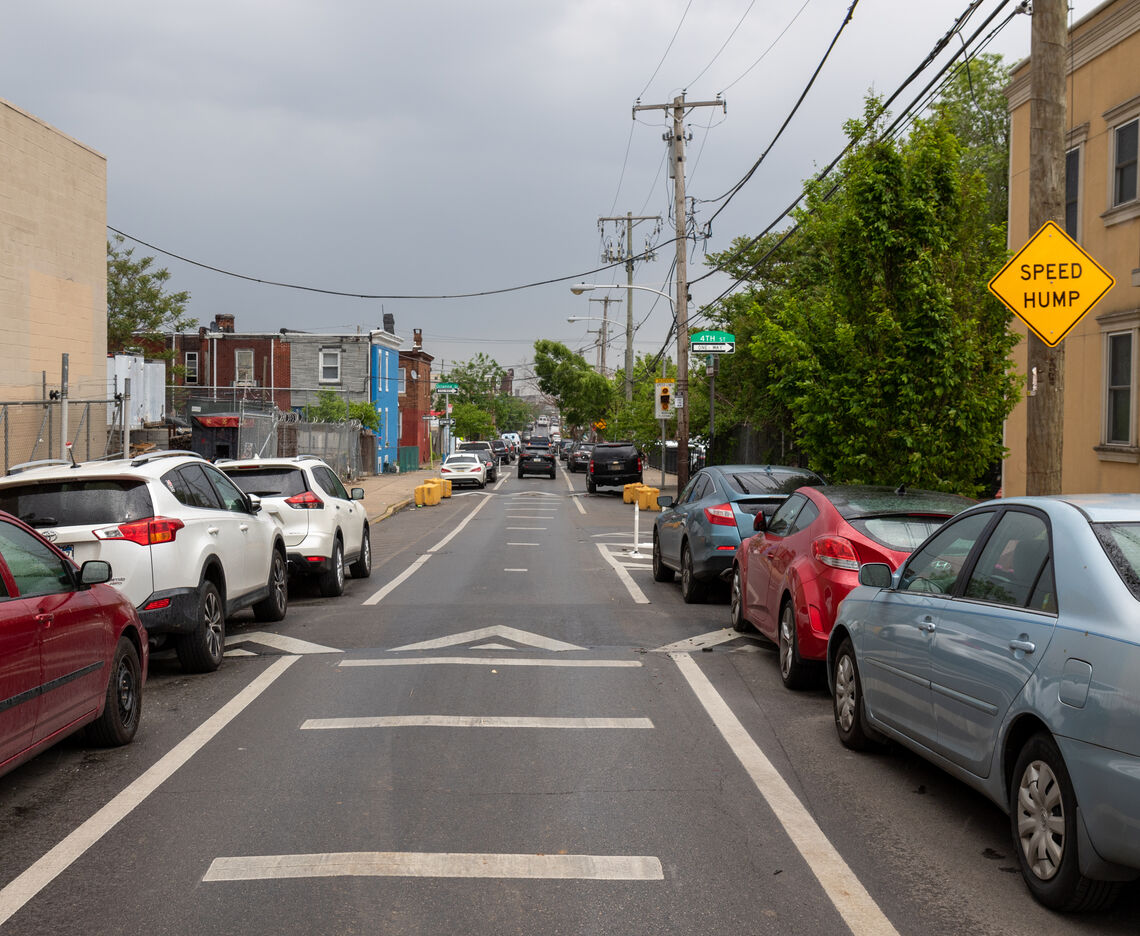
NEIGHBORHOOD SLOW ZONES
PHILADELPHIA, PA
McCormick Taylor assisted the City of Philadelphia Office of Transportation, Infrastructure, and Sustainability with planning and designing the first two traffic calming projects as part of the Neighborhood Slow Zone Program, a Vision Zero Initiative.
THE CHALLENGE
As part of the City of Philadelphia’s Vision Zero Initiative, the Office of Transportation, Infrastructure, and Sustainability (OTIS) created the Neighborhood Slow Zone program. The program, funded through an Automated Red Light Enforcement (ARLE) grant, seeks to implement traffic calming strategies in neighborhoods that apply for assistance and qualify under the program’s requirements based on crash history, environmental and socioeconomic conditions, and connectivity to important community centers. In the first round of competitive selections in 2018, the City selected the Fairhill neighborhood and Willard Elementary School for improvements out of the 28 applications. McCormick Taylor was challenged with planning and designing near-term, low-cost solutions and long-term solutions to reduce speeding and aggressive driving in these neighborhoods.
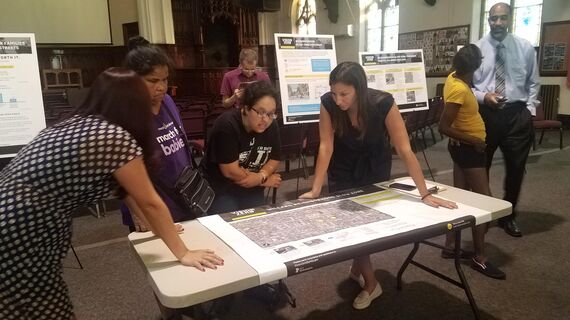
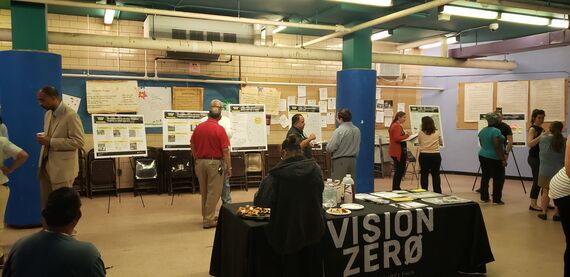
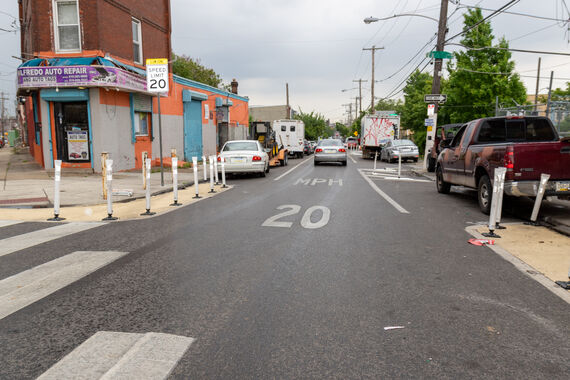
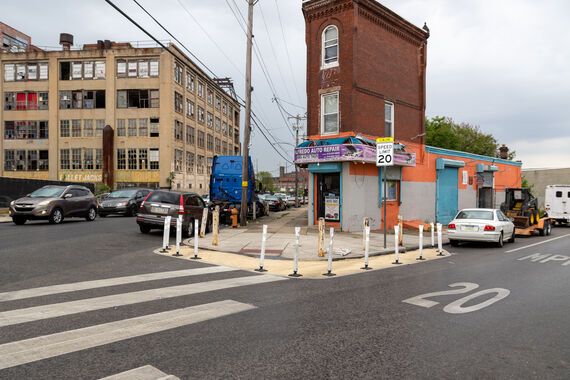
HOW WE HELPED
McCormick Taylor’s planning and engineering groups performed a traffic analysis in the beginning to identify possible solutions for both areas. The traffic calming elements considered for each neighborhood slow zone included corner clearances to provide better pedestrian visibility, raised crosswalks to both slow motorists and increase pedestrian visibility, speed humps, chicanes, traffic diverters, curb bump-outs, safe loading areas, one-way reversals, and various traffic control enhancements. The proposed improvements included a wide variety of treatments from the City’s Traffic Calming Toolkit, along with pavement marking changes and signing.
In addition to the designs and planning, McCormick Taylor organized walking meetings, public meetings, and community workshops to obtain feedback on preliminary sketches. The proposed improvements were selected based on community input. McCormick Taylor also included detailed cost estimates, which were used as a basis for a budget from which was allocated to each series of improvements.
RESULTS
The Fairhill neighborhood’s final improvements included speed cushions at over 20 locations, intersection improvements consisting of delineated corner clearances and turn wedges, painted curb extensions at two locations on Glenwood Avenue, traffic calming through updated pavement markings on N. 3rd Street, new instructional street signs, new and refreshed pavement markings, and a reduced 20 MPH speed limit.
The Willard Elementary School neighborhood improvements included speed cushion at over 20 locations, intersection improvements consisting of delineated corner clearances and turn wedges, new instructional street signs, neighborhood gateway signs, flexible delineator posts at Helen and Elkhart Street, traffic calming along East Cambria Street, new and refreshed pavement markings, and a reduced 20 MPH speed limit.
